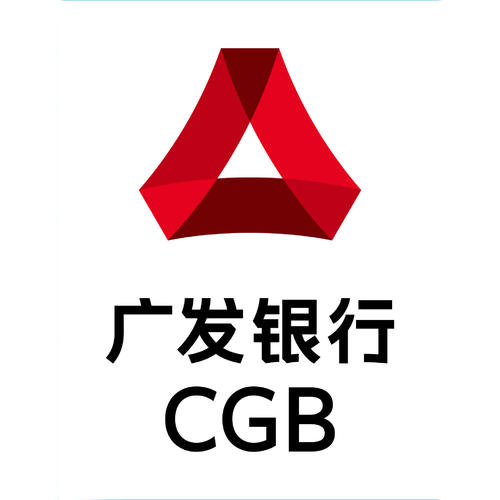China Guangfa Bank has won the Best Distributor, Commercial Bank and the Best Performance, Commercial Bank awards in SRP China Awards 2020.
The bank has cemented its footprint with a strong structured deposit offering in China. By underlying sector, the best-selling products in gold, FX, equity index, commodity all had an investment period of nearly 30 days and posted an annualised return of 3.2%, 3.2%, 3.2% and 4%, respectively.
These sectors saw the highest annualised return delivering 5%, 4.4%, 5.8% and 4.5%, respectively. The best-performing product in each sector was deployed with up-and-out, ping pong, up-and-out and one touch as payoffs, respectively.
As seen with other Chinese banks, the Guangzhou-headquartered bank in 2020 ‘significantly reduced’ its issuance of structured deposits, which offer full principal protection unlike structured wealth products.
Commodity prices rebounded from the historically low level and presented a V-shaped reversal in the second quarter in China - Pang Junyi, China Guangfa Bank
Guangfa Bank, which is among the top five issuers of structured products in the country as SRP data shows, expanded the pool of Chinese commodity futures contracts linked to structured deposits in 2020. The new additions included sugar, cotton, corn, Shanghai nickel, Shanghai zinc, rubber, thermal coal and coke.
“The move came mainly as a result of the global loose monetary policy and the rising commodity demand as the economy recovered in the post-Covid-19 era,” Pang Junyi (pictured, middle in the first row), senior manager of derivatives R&D, asset management at the bank, told SRP.
“After the stock, bond and commodity markets plunged simultaneously in the first quarter of 2020, commodity prices rebounded from the historically low level and presented a V-shaped reversal in the second quarter when the pandemic in China was gradually eased and foreign markets were recovering,” she said. “Therefore, we steadily increased commodity asset allocation to cash in the rebound.”
Approximately 96% of the commodity-linked issuance in 2020 have achieved the expected maximum annualised return. The top return in the commodity sector, 4.5%, was generated from structured deposits that were tied to corn futures contracts.
The Chinese bank brought to market 97 commodity-linked structured deposits through 12 different futures contracts in 2020, SRP data shows – a significant increase from the 12 products and two products marketed in 2019 and 2018, respectively.
Chinese small-medium banks were required to reduce their structured deposit balance by the end of 2020 to two-thirds of the level seen at the end of 2019, as required by a ‘window policy’ extension provided by the China Banking and Insurance Regulatory Commission (CBRC). As a whole, the group of banks met the requirements by year-end.
Despite the adjustment, Guangfa Bank will continue to diversify the underlyings and payoffs profiles of its structured deposits in order to meet Chinese investors’ high demand for 100% principal-protected investment instruments, Pang said.
Structured wealth products
Guangfa Bank is in the process of spinning off its wealth products business into a wealth subsidiary, which has not yet been launched for business after the bank received the approval from Chinese regulators in July 2020.
The bank is the seventh financial institution to have obtained the licence for a wealth management subsidiary among the 12 joint-equity commercial banks in China as the 2018 new asset management regulations, which carry a grace period till the end of 2021, gradually take effect.
The underlyings for structured wealth products issued by the bank in 2019 were equally spread among FX, equity and commodities with the backdrop of Trump administration’s unilateralism and protectionist policies, which slowed down the growing pace of major developed economies and put more pressure on emerging economies, according to Pang.
“At the beginning of 2020, the US dollar was sought after by investors and the volatility of all kinds of assets soared as the Covid-19 raged around the world,” Pang added. “We identified one of the bright spots - China's ability to curb the pandemic and its relatively strong economic recovery.
“In 2020, the CSI 500 index was the most popular underlying for our structured wealth products. We are optimistic about China's economic recovery in the medium and long term,” she said.
The bank’s best-selling structured wealth product in 2020 was linked to futures contracts of Shanghai zinc and delivered an annualised return of six percent.
By underlying sector, FX, equity index and commodity saw the highest annualised returns at 6%, 10%, and 6%, respectively. The best-performing products in each sector were deployed with daily range accrual, up-and-out and one touch as payoffs, respectively.
Since the breakout of Covid-19 in March 2020, Guangfa Bank has reduced the use of FX and commodities as they including crude oil were heavily impacted by global markets. “In terms of payoffs, we mostly employed up-and-out options and increased the observation frequency,” said Pang. “Also, ping pong option was a good choice to capture the asset volatility.”
The 2018 new rules have pushed the industry for reform as wealth management products are no longer allowed to offer principal protection and must be net-asset-value-based due to mark-to-market assessment method.
None of Guangfa Bank’s issuance of structured wealth products have suffered a principal loss so far.
“The main challenge under the new regulations is to manage the increasing volatility of the product’s net value as a result of the volatile return of fixed income, which could lower the option fee and limit the participation of derivatives in a structured wealth product,” said Pang.
She also noted that it would take time for Chinese investors to fully understand and accept the discrepancy between the actual return and the benchmark return of wealth products.
Image: Left to right: front row – Li Yuwei, Pang Junyi, Zhou Pei; second row – Le Yujie, Zhang Jing, Qiao Jiali, Wu Mixuan.

